Understanding White Diffusing Glass
The law of conservation of energy requires us to account for all energy when light transfers from one medium to another. A system’s total energy can be divided into four parts: transmission, reflection, absorption, and scatter. All four of these parameters are functions of the materials chemistry and surface finish. Different types of optics are engineered to maximize or minimize the energy that goes into one or more of these parameters. For a mirror: transmission, absorption, and scatter are minimized, while reflection is maximized. For a lens: scatter, reflection, and absorption are minimized, while transmission is maximized. In the case of White Diffusing Glass, scatter is maximized, while absorption and transmission are balanced by adjusting the thickness of the diffuser.
White Diffusing Glass is a colloidal material that utilizes the Tyndall effect to scatter light. Tyndall scattering requires that the particles contributing to scatter be roughly the same size as the wavelength of light being scattered. Thus, if you can you visually see the material scattering (looks white opaque) the particles must be roughly the same size as the wavelength of visible light. As the wavelength of incident light increases, the intensity of the scattered light will decrease while the intensity of light transmitting through the material with its part unaltered will increase. Figure 1 shows a 1064nm beam transmitting through a polished surface White Diffusing Glass diffuser. The hot spot in the image shows that 1064nm is in the range that begins to transmit some light un-diffused. Wavelengths in the visible spectrum will be fully diffused by White Diffusing Glass.
To make a diffuser that is efficient at diffusing both visible and longer wavelength light you can simply add a second mechanism of scatter with different wavelength dependencies.
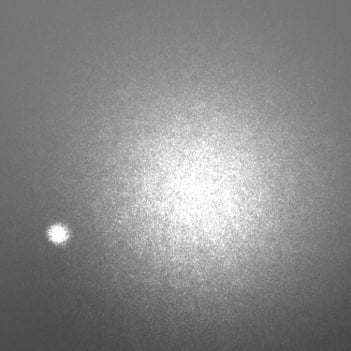
Figure 1: 1064nm Beam Scattered by Polished White Diffusing Glass
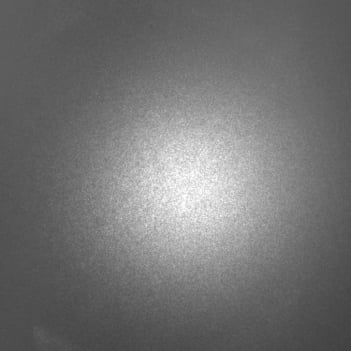
Figure 2: 1064nm Beam Scattered by Ground White Diffusing Glass
Geometric scattering occurs when the feature scattering light is much larger than the wavelength of light. Put simply, if light hits a surface whose surface normal changes randomly, then light will refract at random angles along the surface. This is the mechanism at work for ground glass diffusers. When you add a sandblasted surface to colloidal material, you get a diffuser that is effective across a wide wavelength range. Figure 2 shows a 1064nm beam traveling through a Ground White Diffusing Glass diffuser. Notice that there is no hot spot due to the multiple mechanisms of scatter.
The three other forms of energy transfer must be taken into account to maximize a systems performance. In the case of White Diffusing Glass, the material is polished to a 1.25mm thickness to balance transmission and absorption. WDG can be polished to different thickness to match the performance requirements of any application. Figure 3 shows transmission scans associated with WDG polished to various thicknesses.
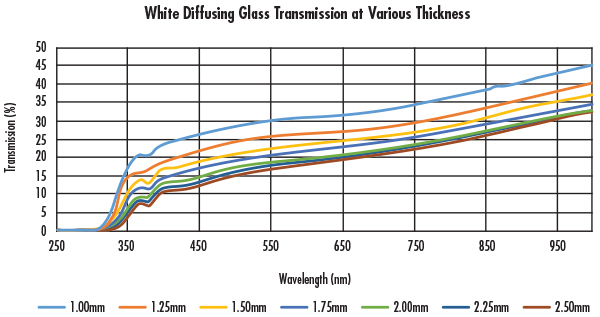













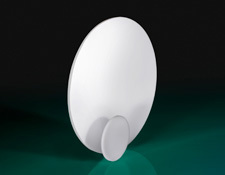
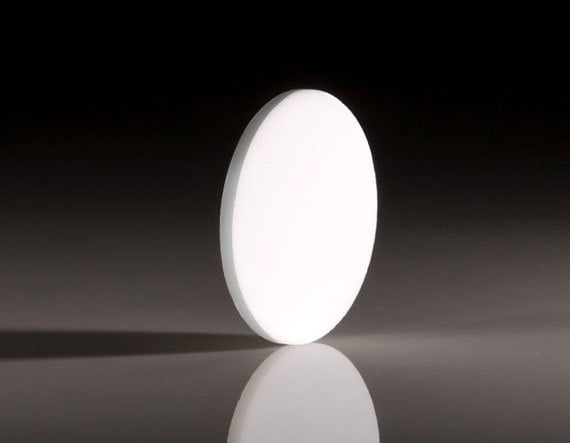
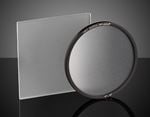
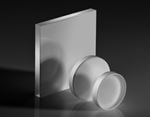
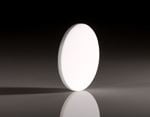
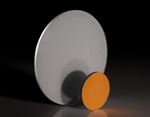

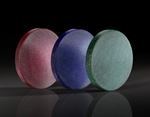
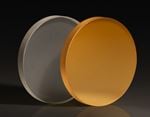
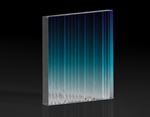
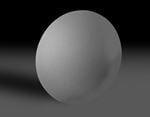

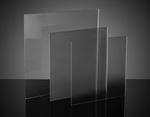
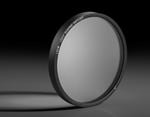
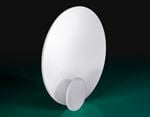
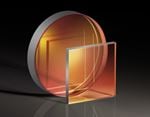

or view regional numbers
QUOTE TOOL
enter stock numbers to begin
Copyright 2024, Edmund Optics Singapore Pte. Ltd, 18 Woodlands Loop #04-00, Singapore 738100
California Consumer Privacy Acts (CCPA): Do Not Sell or Share My Personal Information
California Transparency in Supply Chains Act